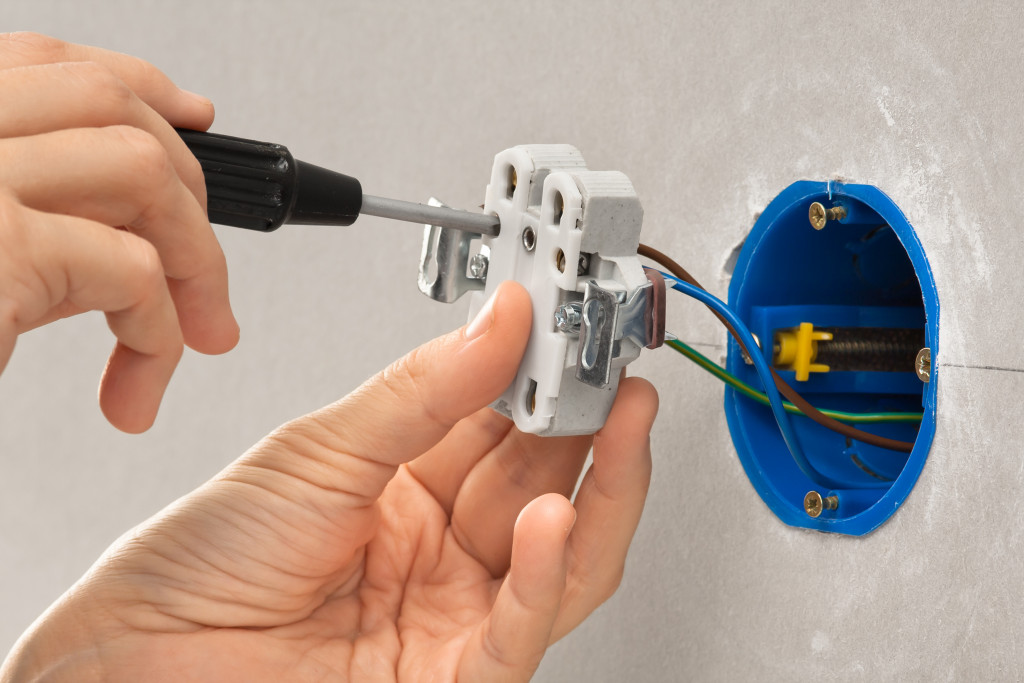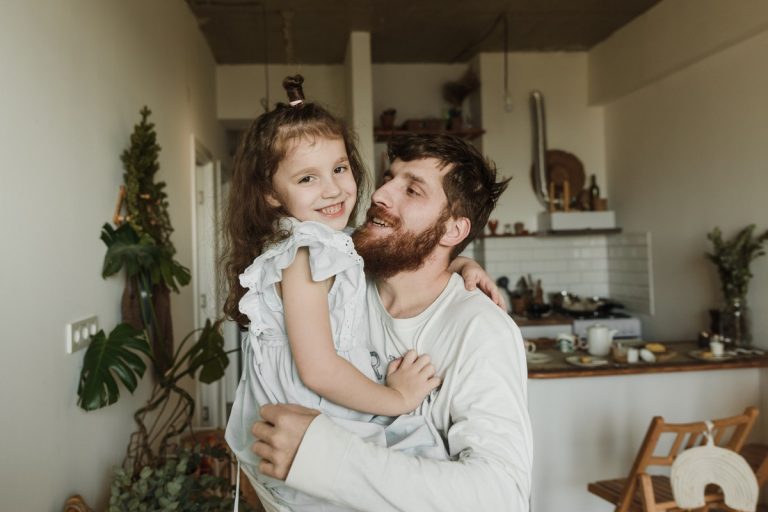Households with children don’t always have the most childproof homes since many parents think their kids will be safe as long as they watch them. If you’d like to make sure that your kid is safe at all times, though, then you must childproof your home.
Here are ten tips to help you do just that.
1. Don’t Forget About Outlets
Your home probably has quite a few electrical outlets and plugs. One way to protect your little one is by covering these devices with plastic outlet covers or caps.
Not only can this help prevent electrocution, but it also gives your child something to chew on instead of potentially harmful wires.

2. Keep Chemicals Locked Up
Keep a cabinet or shelf locked so your child can’t access any chemicals, medicines, cleaning supplies, or other potentially hazardous substances.
In fact, it’s a good idea to start using childproof locks now, so your kids don’t have as much of an opportunity to learn how to open them.
3. Be Careful With Kitchen Appliances
Your kitchen is filled with lots of appliances that could pose a danger for children. Lid and stove knobs are some of the more dangerous items here since they become hot when you turn on the appliance underneath them.
Make sure that these items are out of reach to avoid burns and other injuries from occurring in your home.
4. Install Gates at the Top of Stairs
If you have stairs in your home that are open on the top, installing child safety gates is a good idea. Not only can this help prevent falls, but they also give you peace of mind when your child is playing near the stairs.
5. Put Lock on Your Drawers or Cabinets
Another great way to protect children from potentially dangerous items is by installing locks on cabinets and drawers where hazardous items like medication and cleaning supplies are stored.
By putting locks on these things, your children won’t be able to get into them, helping keep them safe while you’re away from home or asleep at night.
6. Pool Safety
If you have a pool or another type of water in your backyard, it’s important to make sure that you childproof the area. There should be tall fencing around the pool and pool covers and locks for any available gates.
Also, never rely on your child following instructions because they might not always do so. For example, even if your child heard that he or she shouldn’t go into the backyard without an adult present, they might wander out if they see something interesting to play with outside.
7. Install More Lighting Around Your Home
If you’d like to prevent injuries from occurring in your home due to dark spots or shadows, then this is a great tip for you. All you need are some nightlights that you can install in your home, or even string lights to create a light path if you want to keep your child in one particular area.
8. Look Out for Low Windows
If you have windows with low ledges around the home, try to think of ways that you can prevent your child from falling out.
In fact, if there are any other areas in your home where your children might fall through the railings or get their heads stuck between bars, then these are areas that you need to childproof.
9. Be Cautious With Houseplants
Houseplants can bring a sense of nature inside, but they also can be dangerous if they’re poisonous or toxic. Make sure that any plants in your house don’t have sharp leaves or needles that could harm your baby before putting them anywhere near the ground.
10. Get a Professional to Help
At the end of the day, you can childproof your home as much as possible, but there’s no way that you’ll be able to find all the potentially dangerous items in your house.
This is why it’s a good idea to hire a professional who knows about child-safety locks and other items that might help protect your little one from harm. By working together with someone who specializes in this field, you’ll have an easier time keeping your children safe around the home.
Childproofing your home can be difficult. There are so many rooms and places you need to think about, with varying degrees of danger for children who may not know better or try to explore on their own. The ten tips we’ve provided will give you a good start in childproofing the different parts of your house that could pose dangers for little ones underfoot.




